1. Expert Model of consultation
1.1. Purchase of Expertise
1.1.1. The client has made up his mind on:
1.1.1.1. What the problem is
1.1.1.2. To whom to go for this help
1.1.1.3. What kinds of help are needed
1.1.2. Process
1.1.2.1. 1. Client has made a correct diagnosis of his own problem
1.1.2.2. 2. Client has correctly identified the consultant´s capabilities to solve the problem
1.1.2.3. 3. Client has correctly communicated the problem
1.1.2.4. 4. Client has thought trough and accepted the potential consequences of the help that will be received
1.1.3. Purchase of specific information or expertise as in the case of hiring a consultant to do a market survey
1.1.3.1. Difference: The degree to which the client retains control and wants only specific solutions or information
1.2. Doctor- Patient
1.2.1. Doctor-patient as in the case if hiring consultant to come into an organization to do a diagnosis and suggest various remedies
1.2.2. Client experiences some symptoms that something is wrong but does not have a clue as to how to go about figuring out
1.2.3. Process
1.2.3.1. 1. Client has correctly interpreted the symptoms and the sick "area"
1.2.3.2. 2. Client can trust the diagnostic information that is provided by the consultant
1.2.3.3. 3. The "sick" person or group will reveal the correct information necessary to arrive at a diagnosis and cure.
1.2.3.4. 4. Client has thought through the consequences, is willing to accept and implement whatever prescription given
1.2.3.5. 5. Patient/Client will be able to remain healthy after the doctor/consultant leaves
2. Process consultation
2.1. Catalyst model where the consultant does not know the solution but has skills in helping a client to figure out his or her own solution
2.2. Facilitator model where the consultant may have ideas and possible solutions of his or her own but decides that a better solution will result if he or she withholds his own content suggestion "Solve their own problems"
2.3. Process
2.3.1. 1. The nature of the problem is such that the client not only needs help in making an initial diagnosis but would benefit from participation in the process of makinf diagnosis
2.3.2. 2. Client has constructive intent and some problem-solving ability
2.3.3. 3. Client is ultimately the only one who knows what form of solution or intervention will work in his situation
2.3.4. 4.Client selects and implements his own solution, the client´s problem-solving skills for future problems will increase
